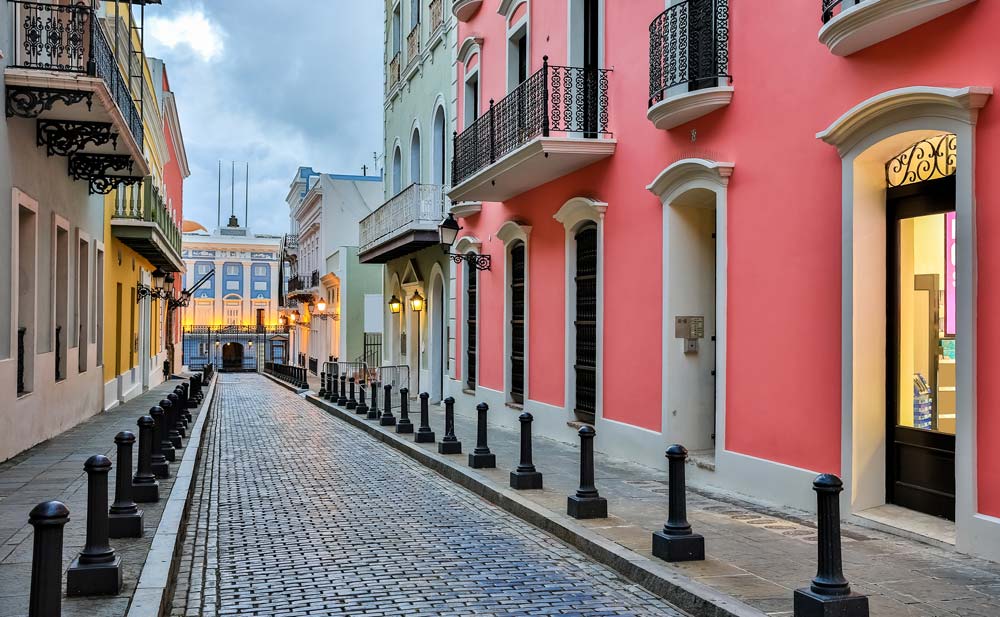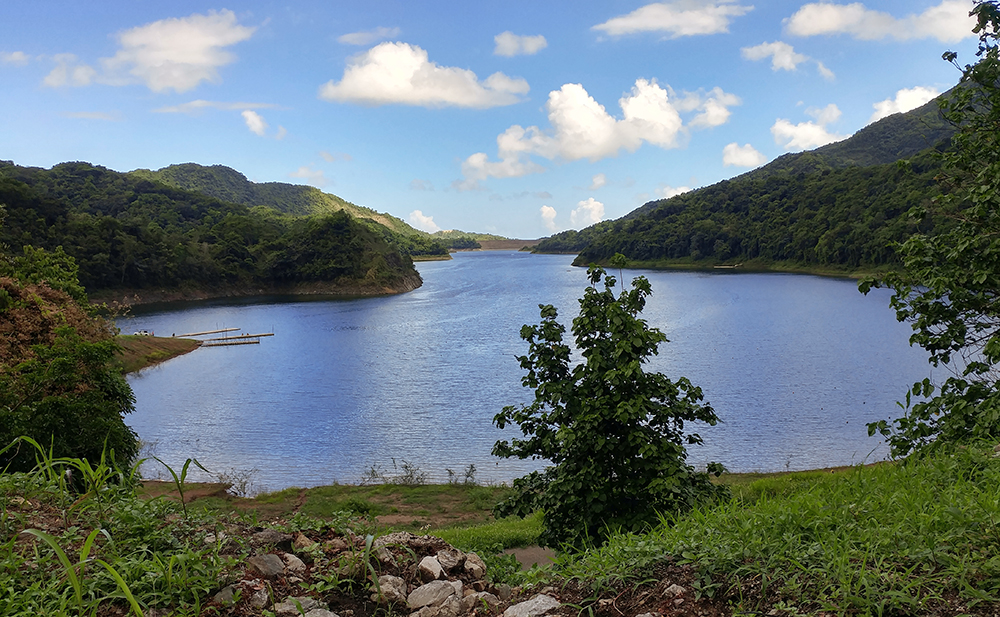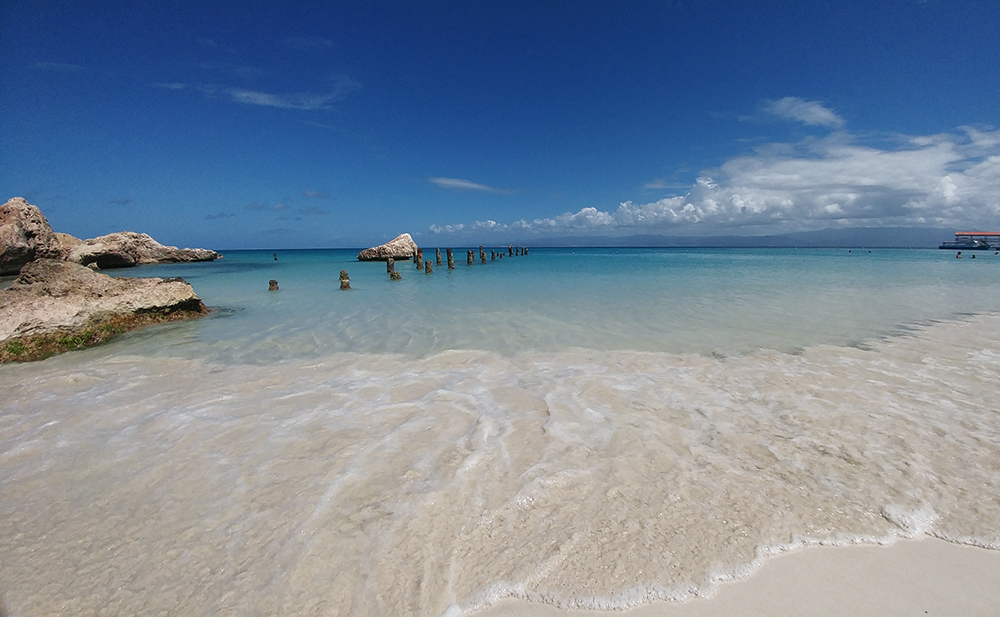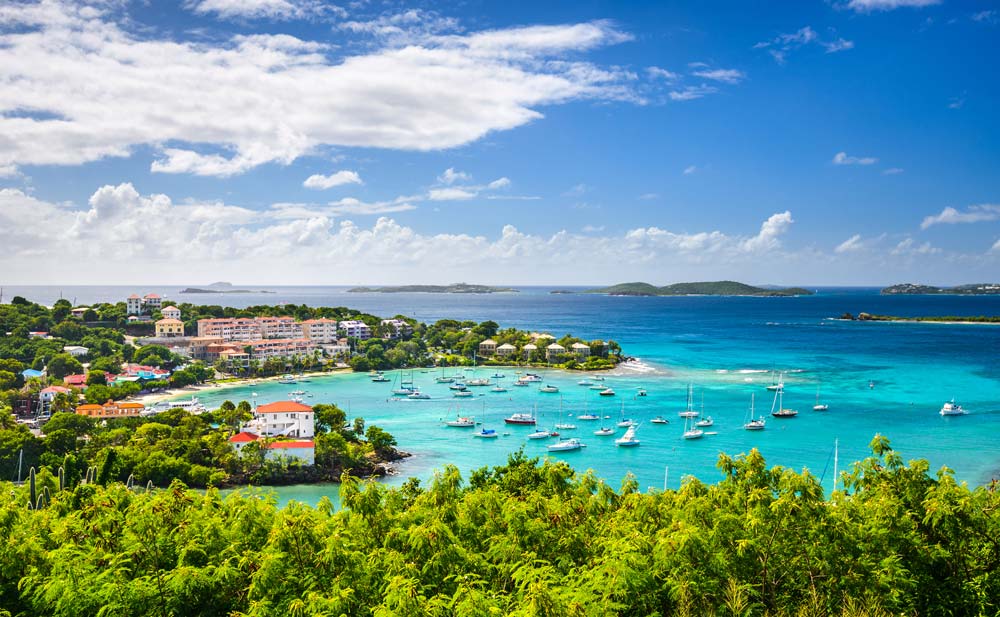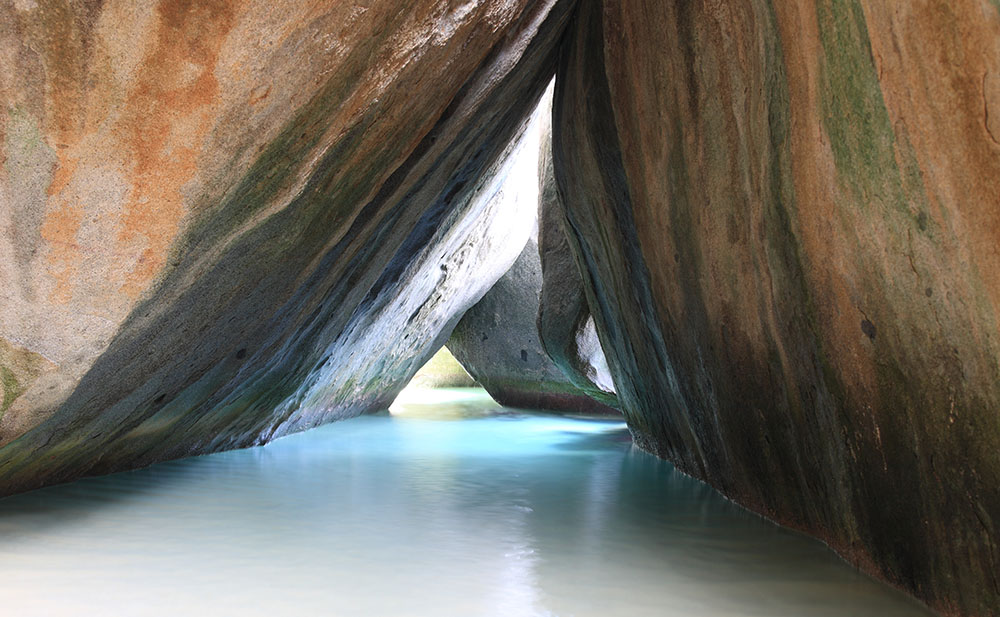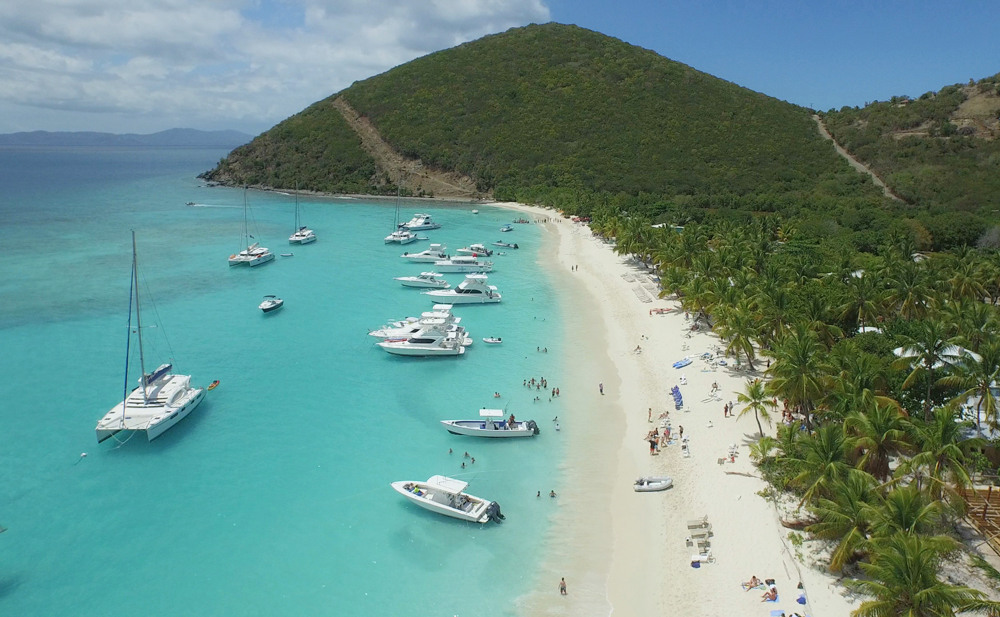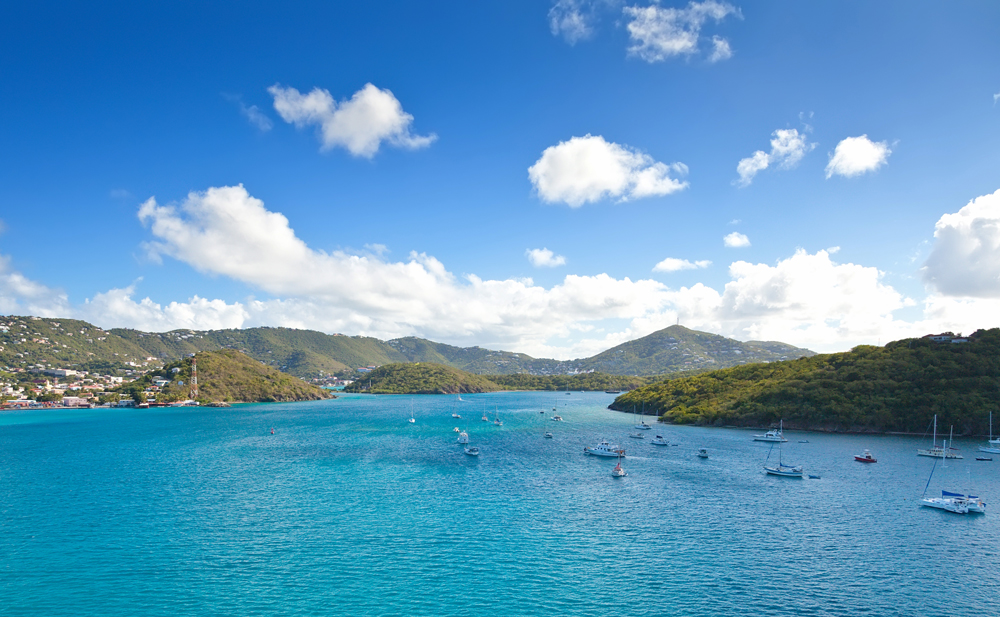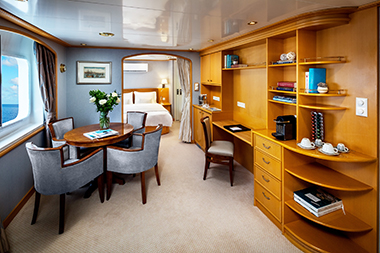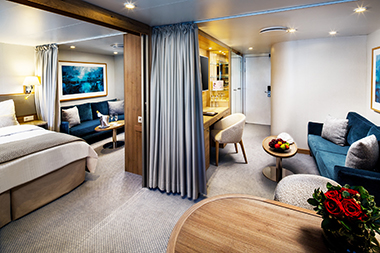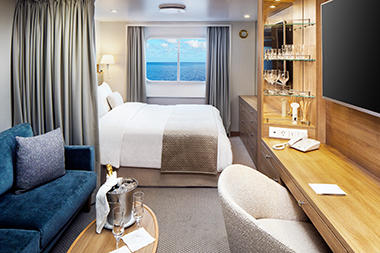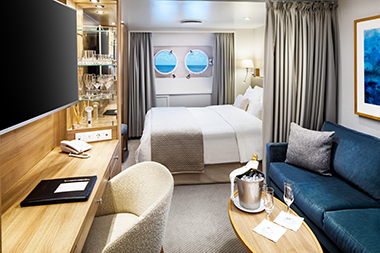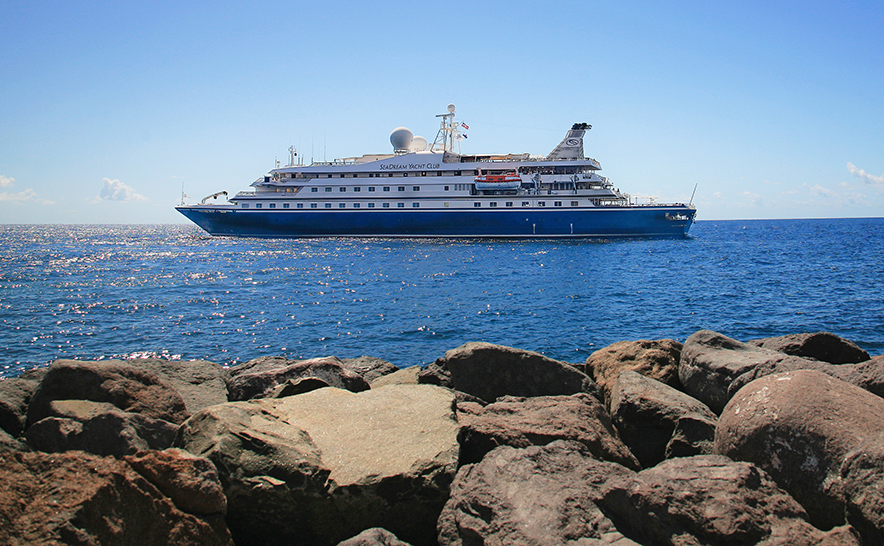
Arecibo is the largest city in geographical size on the island. Located in the Northern Coastal Valley region, adjacent to karst zone characterized by the presence of caves and wooded hills. Arecibo is bordering the Atlantic Ocean, north of Utuado and Lares; east of Hatillo; and west of Barceloneta and Florida.
The city is bathed by two rivers, Grande de Arecibo, which runs through the middle of the city and the Tanama River.
Arecibo is known as La Villa del Capitan Correa, in memory of a battle fought successfully on its shores by Captain Antonio de los Reyes Correa and a handful of Spanish Army soldiers to repel a British invasion by sea lead by Admiral Whelstone in August 5, 1702.
Settled in 1556, Arecibo became the third Spanish settlement. Founded sixty years later, in 1616, when the King of Spain granted that section of land and the Indians on it to Lope Conchillos, under the governorship of Captain Felipe de Beaumont y Navarra. The leader (Indian chief) of these Indians was called Jamaica Aracibo, their yucayeque was named after him and ultimately the town was called by that same name.
The town is also known as La Muy Leal Villa (very loyal).
Points of Interest
You can visit Cueva del Indio, an archeological site, the cave is located on the shores of the Atlantic Ocean, in Bo. Islote. It it is called The Cave of the Indian, because drawings of the Indians that lived in this area in the Prehistoric Era were found in the walls of the cave. Rt 681 Km 7.8.
The town has an official U.S. port entry. Located 16 km (10 mi) south of Arecibo, Arecibo Observatory is a astronomical observatory, which is one of the world's most powerful radar-radio telescopes, and the largest single-unit radio telescope in the world. This instrument, inaugurated in 1963, employs a 1,000-foot (300 meter) spherical reflector consisting of perforated aluminum panels that focus incoming radio waves on movable antenna structures positions about 500 feet (168 meter) above the reflector surface. The antenna can be moved in any direction, making it possible to track a celestial object in different regions of the sky. It collects radio astronomy, terrestrial aeronomy, and planetary radar data for scientists around the world. The telescope was featured in the movies GoldenEye (1995) and Contact (1997).
The National Astronomy and Ionosphere Center developed the observatory and it is operated by Cornell University under a cooperative agreement with the National Science Foundation. Conceived in 1958 by William E. Gordon, a Cornell professor of electrical engineering, the radio observatory has been operated, since its completion in 1963. The Arecibo Observatory owned by Cornell University, is powerful enough to receive signals transmitted by a comparable telescope located 1,000 light-years away.
Arecibo is also home of the Cambalache Forest Reserve known as vivero or nursery because it contains plantations of eucalyptus, teak, and mahoe trees. Camping allowed in two areas. Water and showers, 8 trails and nearby beach.
The City Hall built in 1866, served as jail to "El Grito de Lares" participants in 1868. In 1918, the frontal section of the building was destroyed by a earth tremor. Repairs were made and a tower and clock were added to the building. In 1978, the building was restored to its original form.
The Antonio Nery Juarbe Airport is located five miles southeast of the central business district of Arecibo and 50 miles west of San Juan. Originally utilized for military purposes, today, the airport is utilized for the general aviation, with a daily average of eight takeoffs and landings. On March 31, 1947, the airport and all its installations were transferred by the Navy U.S. to the Authority of the Ports along with the Airport of Mayagi¼ez and the old airport of Santa Isabel.
The Arecibo Lighthouse built by the Spaniards in 1898. This lighthouse still in use and was automated in 1964. In the premises, you'll find a museum with exhibits, a recreation area, a restaurant and sports facilities.
